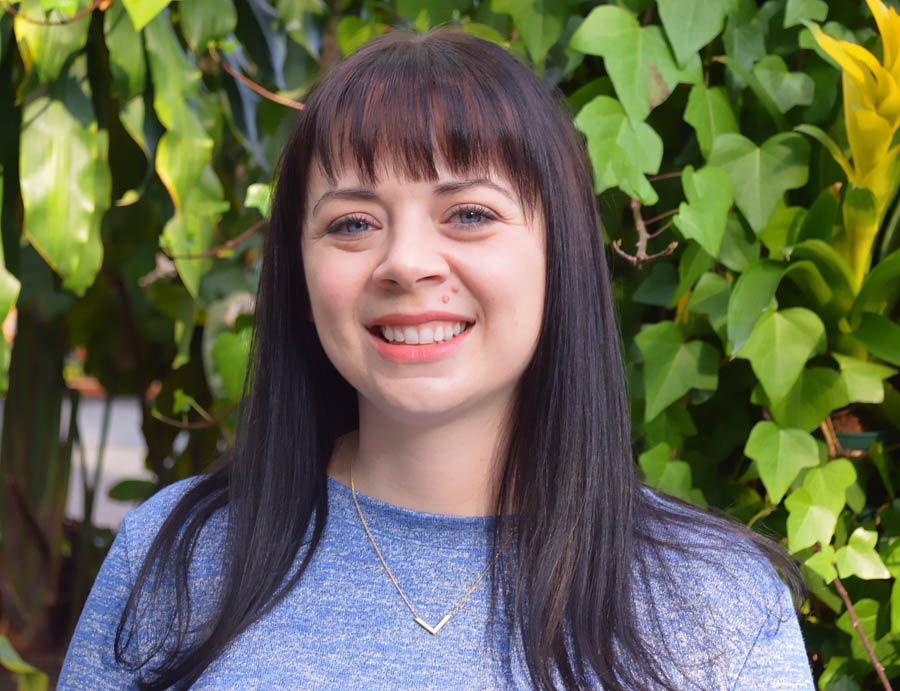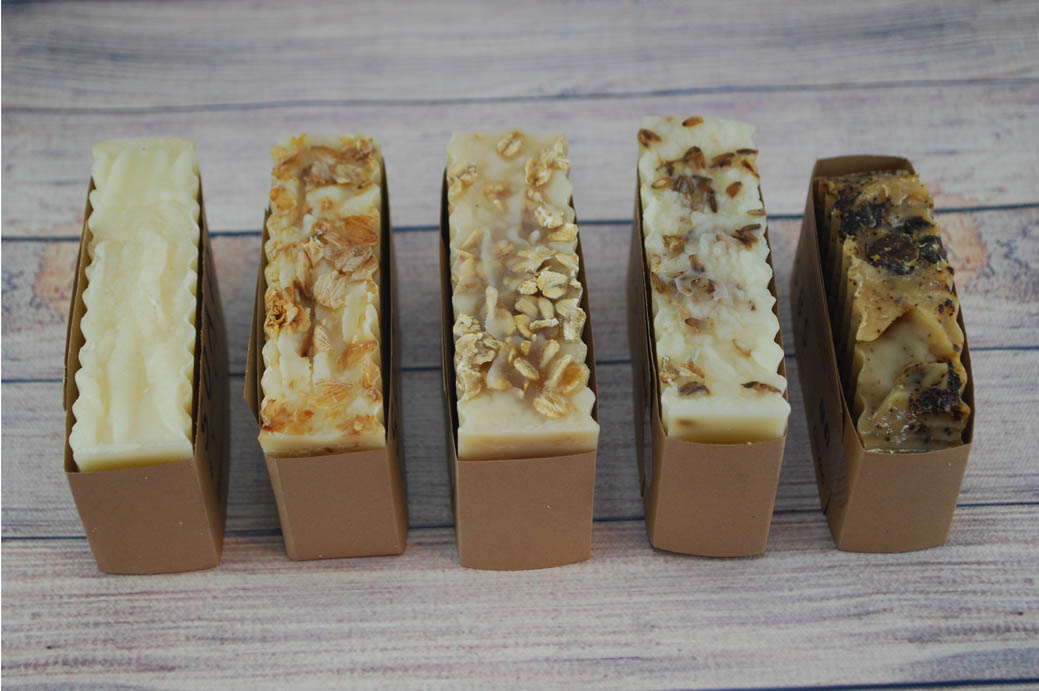December 3, 2019 | By Stephanie Clark, LCPC, ATR-BC
Tell us about yourself
 I discovered art therapy as an undergraduate student at Emporia State University (ESU) in Emporia, KS when one of my art professors handed me a pamphlet of possible careers in art. It was the perfect symbiosis of two of my interests, and I instantly knew I wanted to help others heal through art making, as I had found art therapeutic my whole life. After graduating from ESU with a Bachelor of Science in Pre-Art Therapy, I attended Southern Illinois University in Edwardsville and received a Master of Arts in Art Therapy Counseling in 2013. Since then I’ve been working in the non-profit field in Chicago, providing art therapy services to children, adolescents, adults, and families who’ve experienced trauma. I’ve also been very involved with the Illinois Art Therapy Association and am currently serving as the president. In September I made a population switch when I accepted the position of Art Therapist for the Rush University Medical Center Road Home Program for Veterans and their Families. It’s been a great honor working with veterans as they adjust to life after the military.
I discovered art therapy as an undergraduate student at Emporia State University (ESU) in Emporia, KS when one of my art professors handed me a pamphlet of possible careers in art. It was the perfect symbiosis of two of my interests, and I instantly knew I wanted to help others heal through art making, as I had found art therapeutic my whole life. After graduating from ESU with a Bachelor of Science in Pre-Art Therapy, I attended Southern Illinois University in Edwardsville and received a Master of Arts in Art Therapy Counseling in 2013. Since then I’ve been working in the non-profit field in Chicago, providing art therapy services to children, adolescents, adults, and families who’ve experienced trauma. I’ve also been very involved with the Illinois Art Therapy Association and am currently serving as the president. In September I made a population switch when I accepted the position of Art Therapist for the Rush University Medical Center Road Home Program for Veterans and their Families. It’s been a great honor working with veterans as they adjust to life after the military.
What excites (or inspires) you most about your job right now?
The veterans I work with are often initially anxious or resistant to making art. They’ve often been trained to project a tough exterior and keep their vulnerabilities inside. When they allow themselves to be open to art making, they often create beautiful, powerful, and meaningful artwork that they share with other veterans in their group. Sharing artwork in the group setting not only validates the veteran’s experience but also promotes healing between group members. Witnessing the transformation from resistance to openness inspires me every day.
Has working with a particular client group shaped your professional focus or specialty? What have you learned from working with these clients?
Through working with youth and families in Chicago, I’ve gained an understanding of how trauma affects brain development and every aspect of someone’s life. I’ve also learned how inter-generational and historical trauma affects families and minority groups. I think art therapy can be an integral part of processing trauma and can be a medium for advocating for social justice issues.
What advice would you give someone interested in pursuing a career in art therapy?
You must be okay with the in-between. Art therapists often create their own spaces in organizations when they don’t quite fit on the clinical team or the alternative therapies team.
What are your hopes for the future of the art therapy profession?
I’d like to see a more diverse field and a trend toward better communication, openness, and acceptance between art therapists. I feel very strongly that art therapists with differing opinions should join either local chapters or the national association and be the change they want to see in the field. I’d also like to see art therapy legislation enacted across the U.S., whether it’d be a distinct art therapy license, title protection, or other laws protecting the field.

Handmade Soap by Stephanie Clark. Plant based oils, essential oils, and botanicals. November 2019
Artist’s statement: For the past several years I’ve dedicated almost all of my creative energy towards making handmade soap and other bath and body products. I normally consider myself a textile artist. I use natural fibers to weave, felt, or make paper; transforming the fibers into something new and useful, be it a scarf or paper. Soap making is a similar process, with a chemical transformation. You can experiment with different natural oils, essential oils, and botanicals to create something new and nourishing for your body. I love the metaphor of transformation and self-care, and the use of plant based materials.
